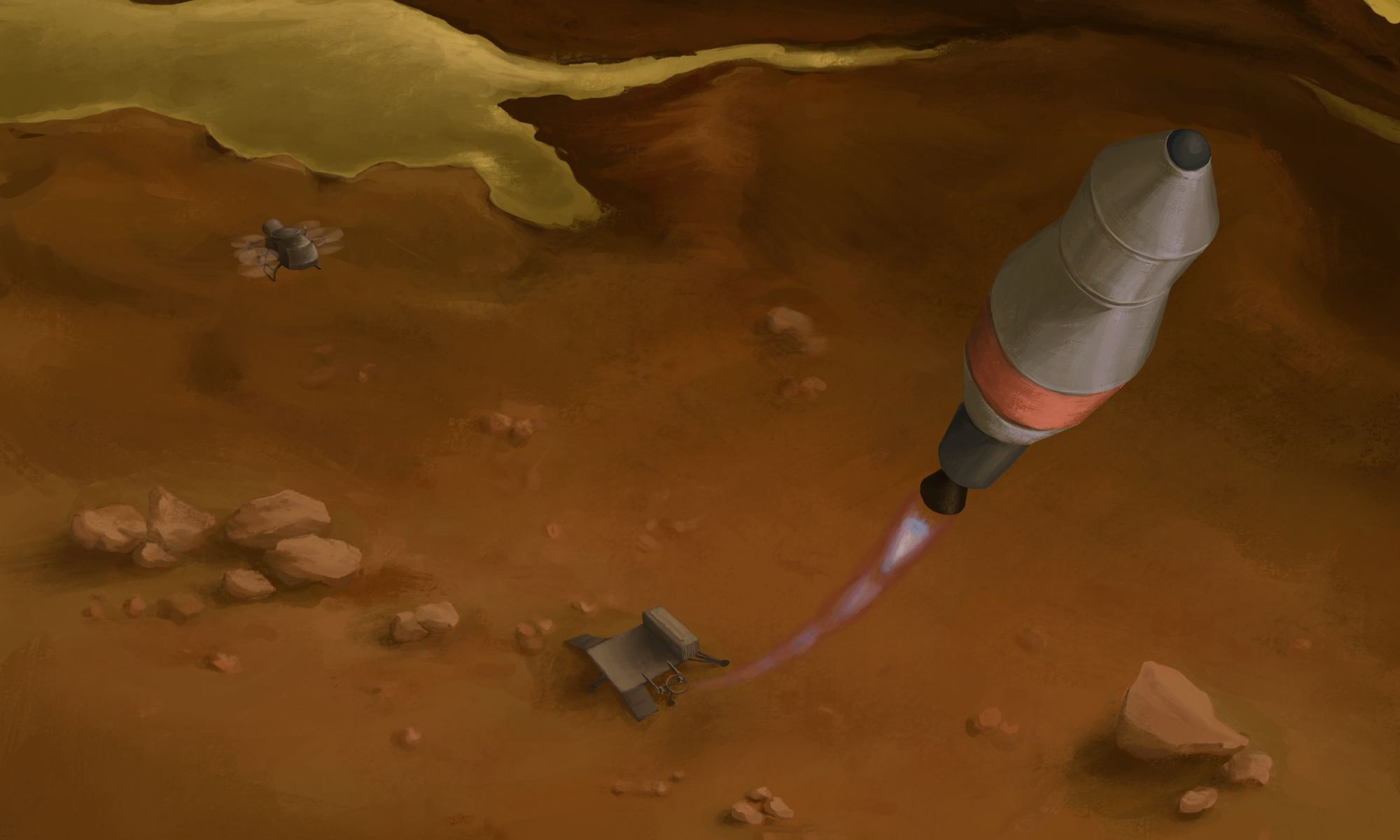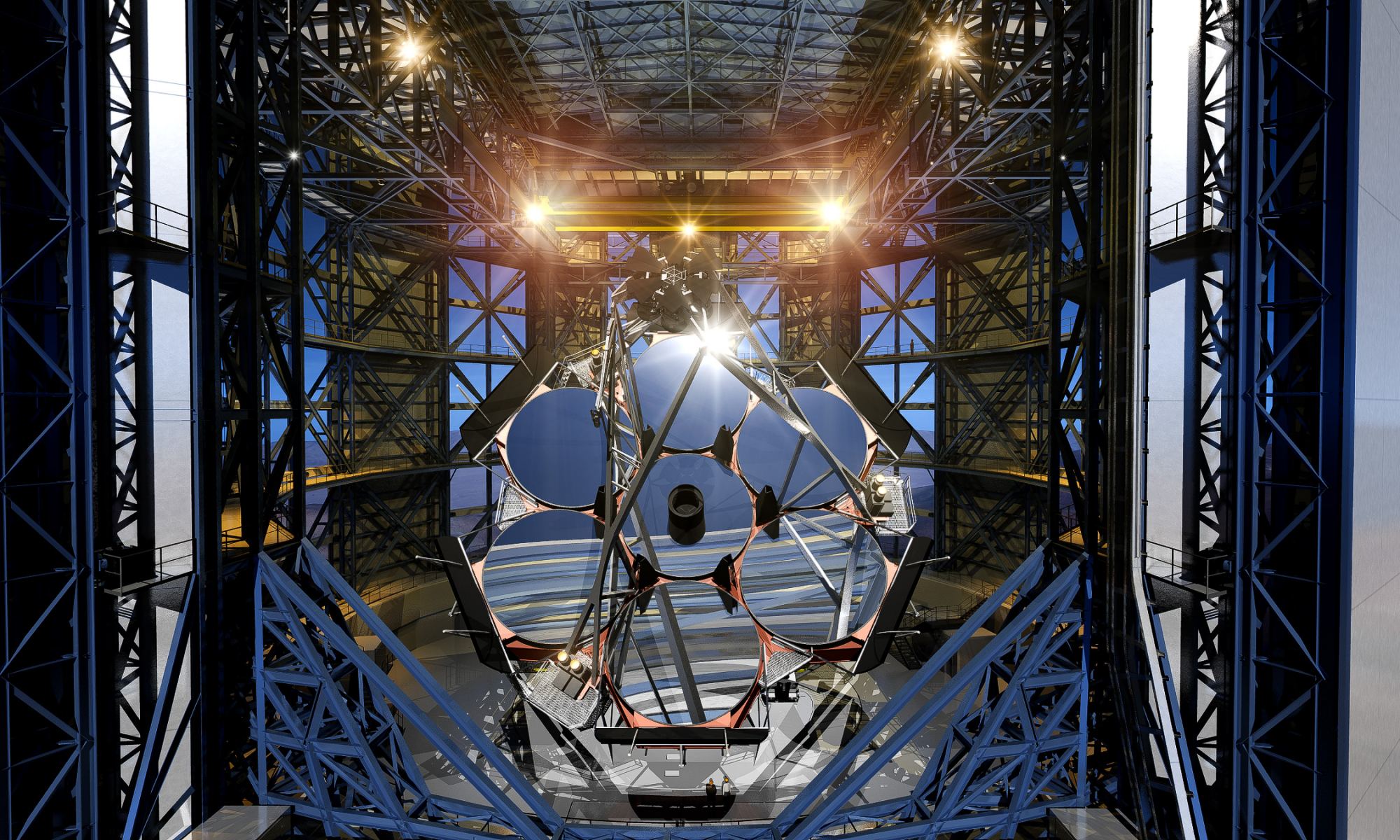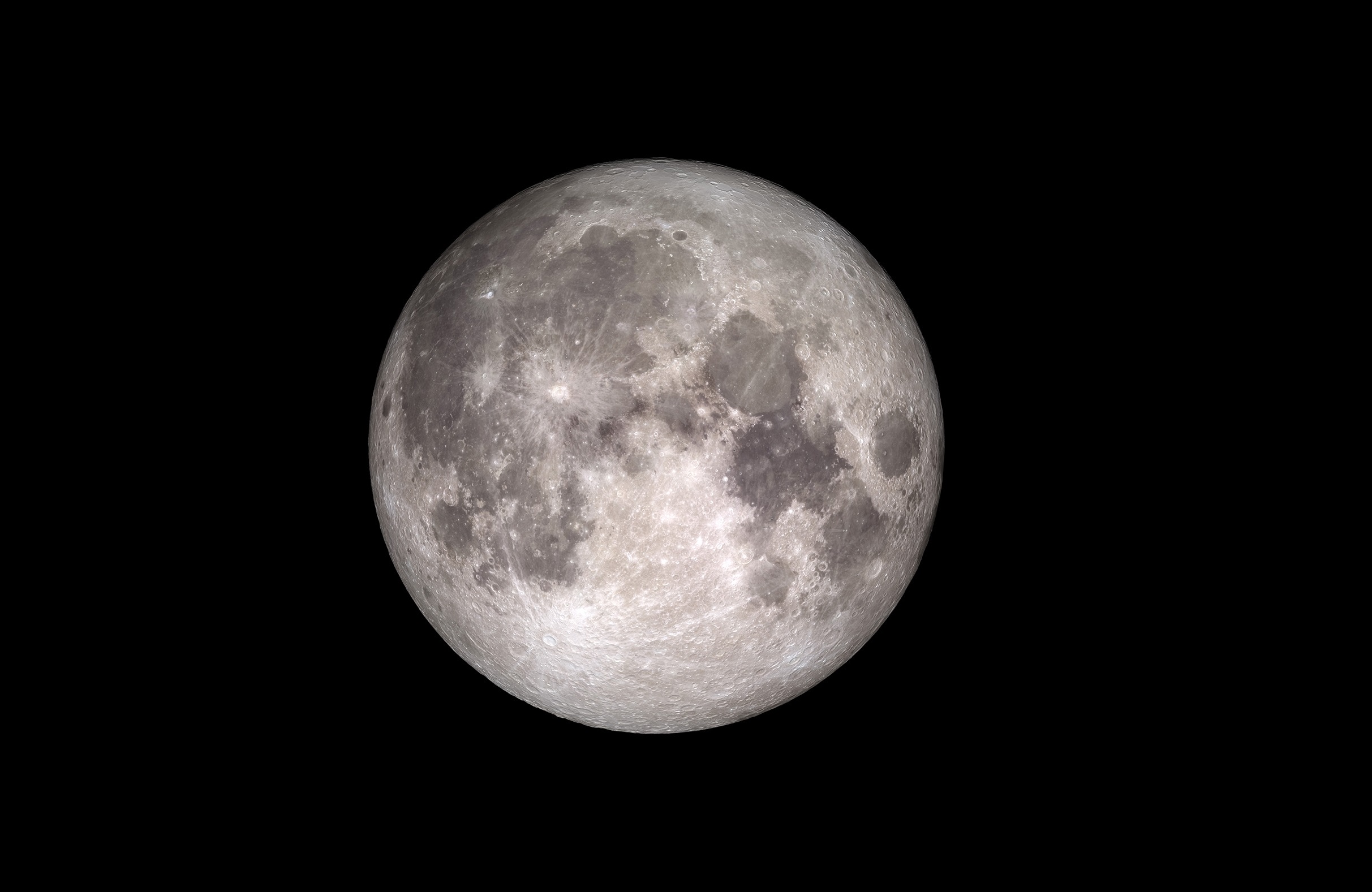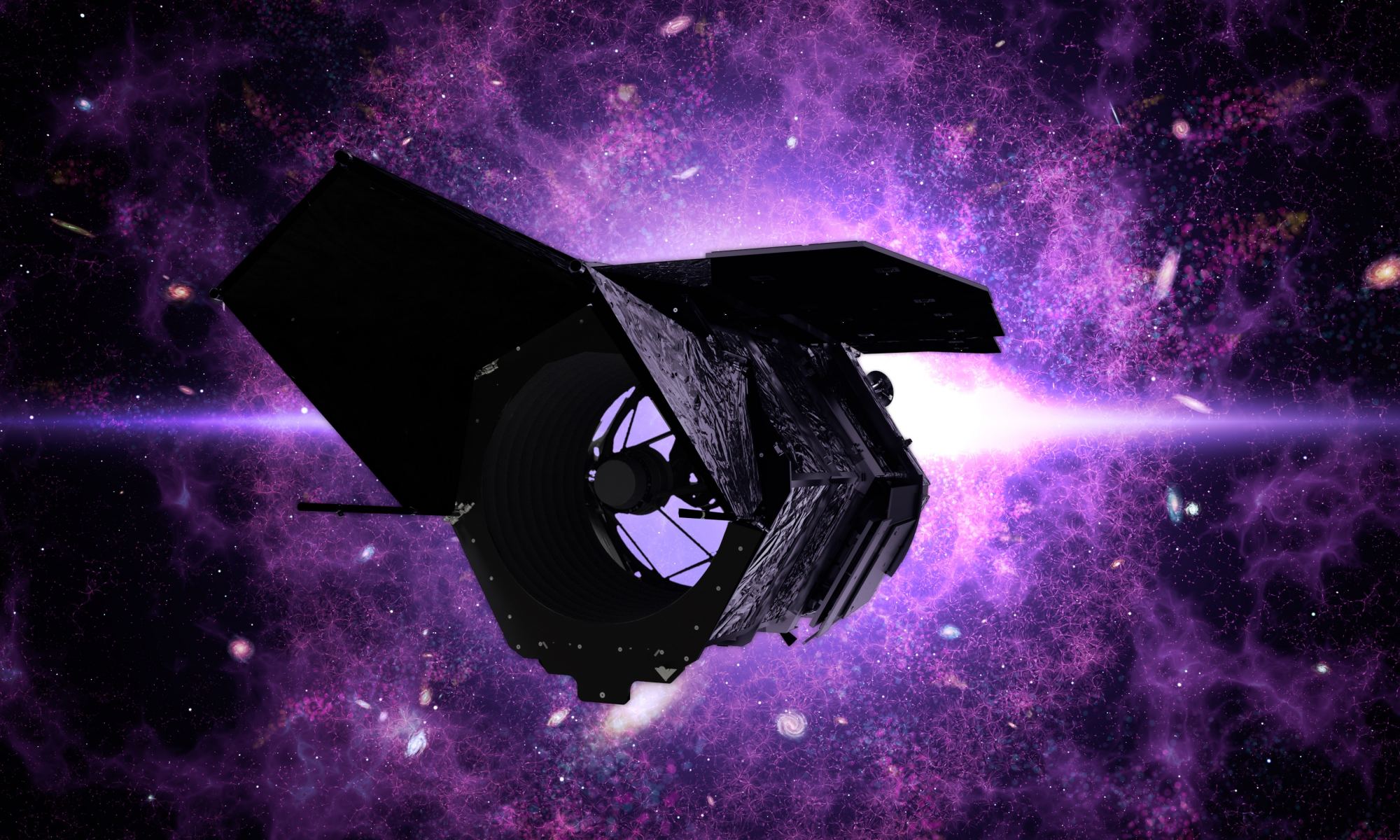You can spot ‘GEOSat’ satellites in far-flung orbits… if you know exactly where and when to look.
Watch the sky long enough, and you’re bound to see one.
Seasoned observers are very familiar with seeing satellites in low Earth orbit, as these modern artificial sky apparitions lit by sunlight grace the dawn or dusk sky. Occasionally, you might even see a flare from a passing satellite, as a reflective solar panel catches the last rays of sunlight passing overhead just right…
Continue reading “Tracking Satellites Through GEOSat Eclipse Season”









